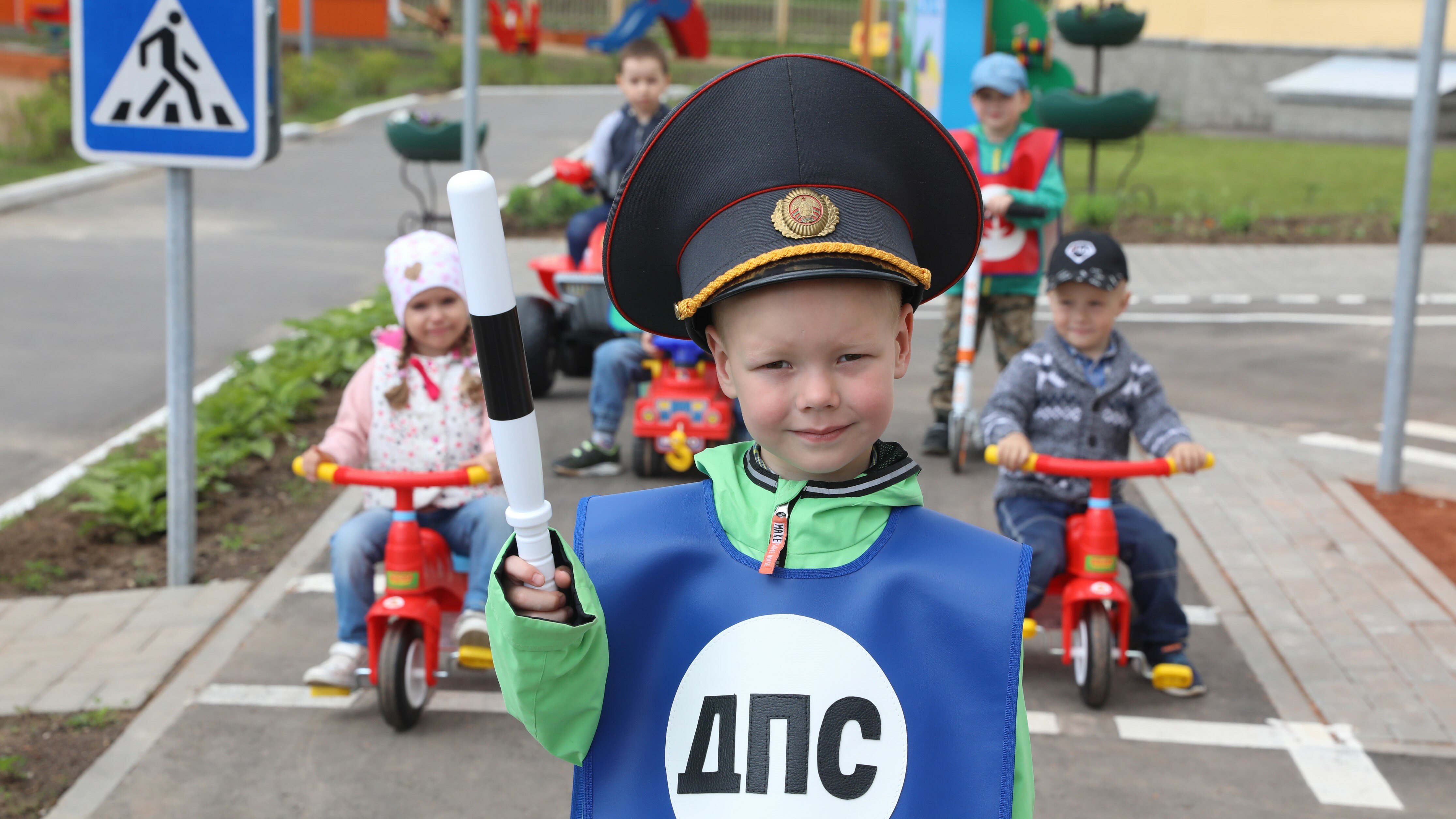Pre-primary and Secondary Education
Pre-primary education

Belarus boasts a well-developed pre-primary education system. Although pre-primary education is not mandatory, most children attend preschools.
There are 3,750 pre-primary education institutions in Belarus. 355,700 children were enrolled in pre-school programs.
Belarus has cemented its leading positions in the CIS in terms of pre-school and kindergarten enrollment of children aged 1-6 years. In 2023 the enrollment rate stood at 88.6%.
100% of five-year olds attend programs to prepare them for entry into primary education.
General secondary education

Children in Belarus start attending school at the age of 6. General secondary education is divided into three stages: primary, lower secondary and upper secondary. Lower secondary education lasts for nine years, upper secondary education takes 11 years. After completing lower secondary education programs, students can continue studying at their schools or gymnasiums for two more years, or take up a secondary vocational education program where they receive secondary education and vocational training. The General Certificate for Secondary Education or Secondary Vocational Education is the main document which enables young people to get enrolled at institutions of higher education.
There were 2,872 state-funded secondary schools in the 2023-2024 academic year, with the total of 1,090,200 students enrolled.
Since 2002 a 10-grade scale has been used to assess student’s scholastic performance.
There are profession-oriented classes where students, in addition to advanced learning of the subjects, are required to do an extracurricular program in such areas as teaching (Introduction to teaching), farming (Introduction to agriculture) and sport (Introduction to sport).
The Vocational Training course was introduced for students of the 10th and 11th grades at institutions of general secondary education with no subject-oriented programs. The course envisages teaching vocational skills. Its main purpose is to provide students with the opportunity to learn new skills and master a particular profession.
Modern information technology was firmly embedded in the national secondary education curriculum in the recent years. The cloud information and education environment is currently under development to feature high-quality resources and services.
Belarus first joined the PISA-based testing in 2018. A total of 236 Belarusian educational institutions took part in the survey. The institutions and students taking part in the testing were randomly chosen by Westat (USA). About 6,000 15-year-old students took part in the examination of skills and knowledge in reading, mathematics and science. Across 79 countries that participated in PISA 2018, Belarus ranked 36th in reading, 38th in mathematics, and 37th in science.
Belarus is fully committed to ensuring equal access to general secondary education. Education in the country is delivered in two official languages, Belarusian and Russian. Learning one foreign language - English, German, French, Spanish or Chinese - is compulsory.
The general secondary education programs have been gradually updated since the 2015-2016 academic year, with learning standards, syllabi and curricula, textbooks and teaching aids being adjusted.
New textbooks make extensive use of information technology, including the augmented reality. New software applications are developed to make textbooks as much interactive as possible. Online versions of new textbooks are supplemented with hyperlinks to electronic educational resources. Online versions of all the textbooks that make part of the national curriculum are available on the National Education Portal (www.adu.by).
A six-day school week comprises a five-day academic week and one more day (sixth) to do sport, physical education, health-improvement and other educational activities, as well as vocational training.
Special needs education
The Republic of Belarus has achieved good results in the work with children with special needs, including children with disabilities. The country provides all children with the opportunity to get education, regardless of the nature and intensity of their condition. They can get vocational education and jobs. In 2021, 99.9% of children with special needs received special education and adaptive pedagogical support.
Belarus set up a system of preschool, secondary, and special needs education that does not only teach children but also provides psychological and adaptive pedagogical support and offers a case-by-case approach to students in the educational process.
There are 237 special education institutions that have all the necessary material, informational, methodological, and other resources to educate children with special needs. They also help improve the quality of special education and qualifications of teaching staff. Adaptive education and rehabilitation centers coordinate activities in the field of special education.